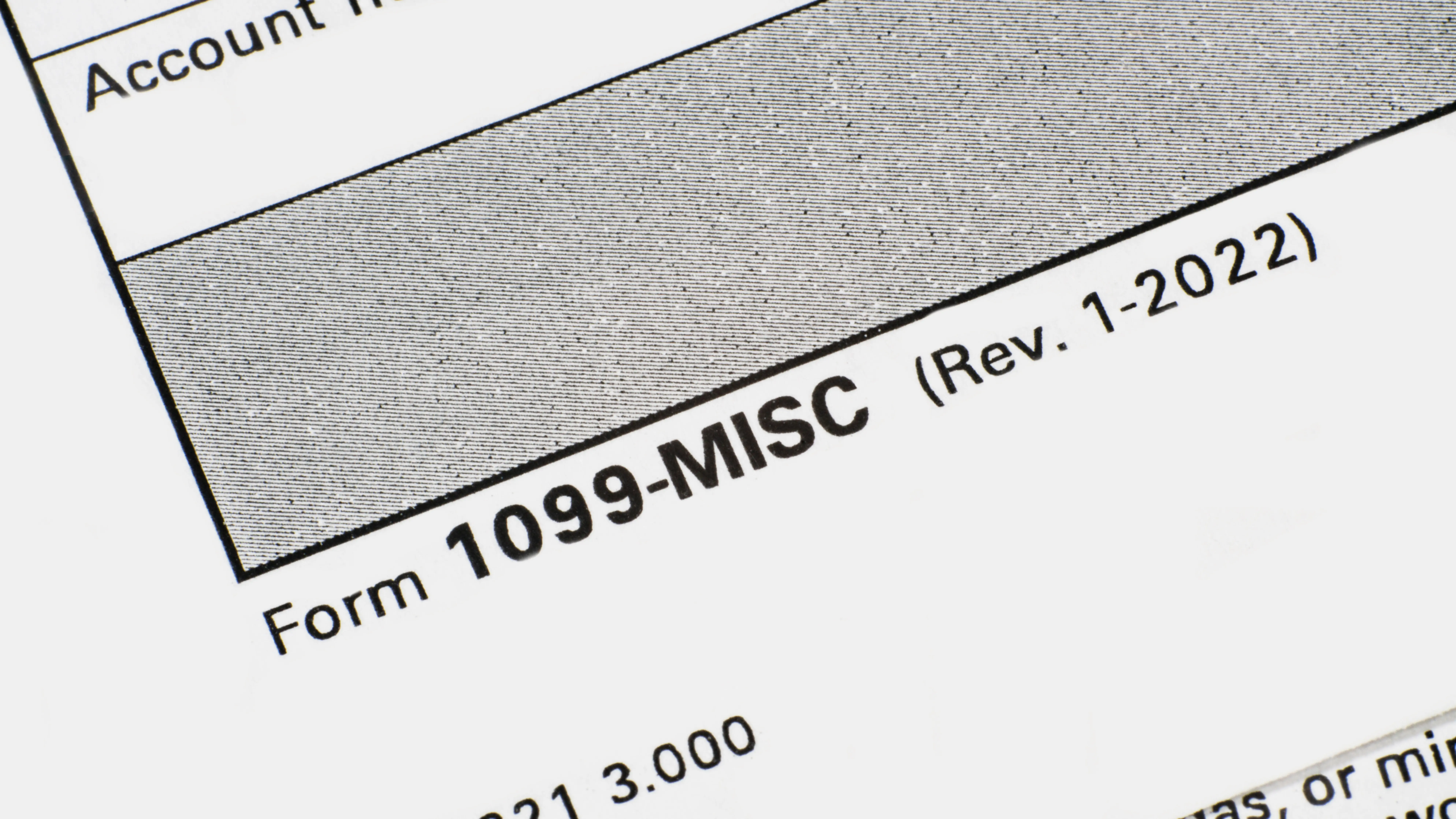Understanding your Self-Directed IRA and how it works is crucial to the success of your account. Each year, the custodian files forms 1099 and 5498 for our account holders. The realm of tax documentation can often be complex, yet understanding the purpose and function of specific forms (like the 1099 and 5498 tax forms) is crucial. Let’s delve into a detailed explanation of these forms.
The 1099 Tax Form: Fund Distribution Tracking
Firstly, the 1099 Tax Form comes into play whenever funds are distributed from an IRA account. This process includes scenarios where funds are transferred or rolled over to another custodian, as well as instances of withdrawing funds from the account. Significantly, our accounting department ensures that account holders receive the 1099 Tax Form by January 31st of each calendar year. For ease of access, these forms are available online within the account under the “Documents Tab”. Moreover, these forms are also sent directly to the IRS. When it comes to understanding what 1099 and 5498 tax forms entail, we are here to assist. Now, let’s explore: What exactly is a 5498?
The 5498 Tax Form: Monitoring Funds Received
Subsequently, the 5498 Tax Form is generated whenever funds are received in the account. Importantly, the information on the 5498 encompasses funds received from other custodians via transfer or rollover, as well as any contributions made by the account holder. Plan custodians are obligated to distribute 5498s to both account holders and the IRS no later than May 31 of each calendar year. This deadline is notably six weeks after the income tax filing deadline of April 15. This timing is strategic, allowing you to continue making contributions to your IRA up until April 15, and have them apply to the previous tax year. Similar to the 1099, the 5498 documents can also be found online within the account under the “Documents Tab”.
Interplay Between 1099 and 5498 Forms
Furthermore, when funds are moved from your IRA account to another custodian, our accounting generates a 1099 Tax Form. Conversely, the new custodian would generate a 5498 Tax Form. The interplay between the 1099 and the 5498 tax documents is pivotal, as it nullifies the tax liability on these funds.
For instance, if an account holder transfers $50k from Custodian A to Custodian B, Custodian A would generate a 1099 for the $50k as those funds have left the account. Upon the funds’ arrival at Custodian B, they will post the funds and generate a 5498 for the deposit. This process is crucial as it balances the two forms, preventing any tax liability.
Final Thoughts on 5498 and 1099 Forms
In conclusion, while we at uDirect IRA Services provide guidance on these forms, we are not tax advisors. Therefore, for additional questions or deeper clarity on this topic, we recommend consulting with your CPA or tax advisor. They can offer specific instructions and further insights regarding these essential tax documents. You can reach us with your questions at info@uDirectIRA.com

